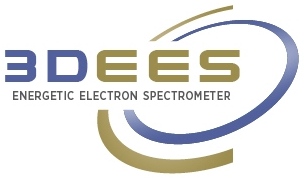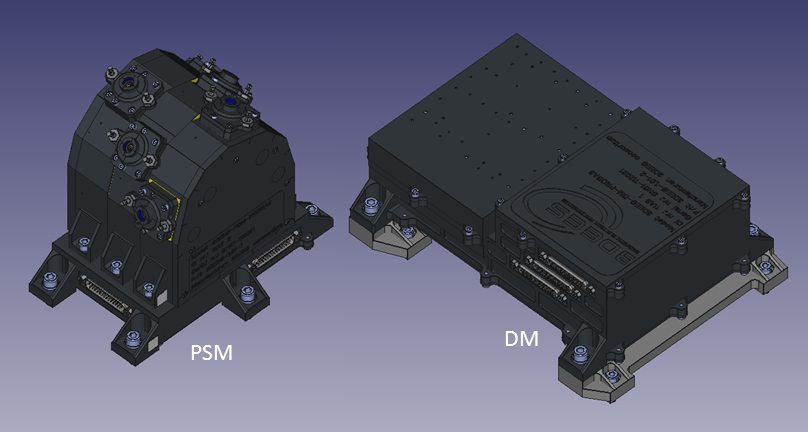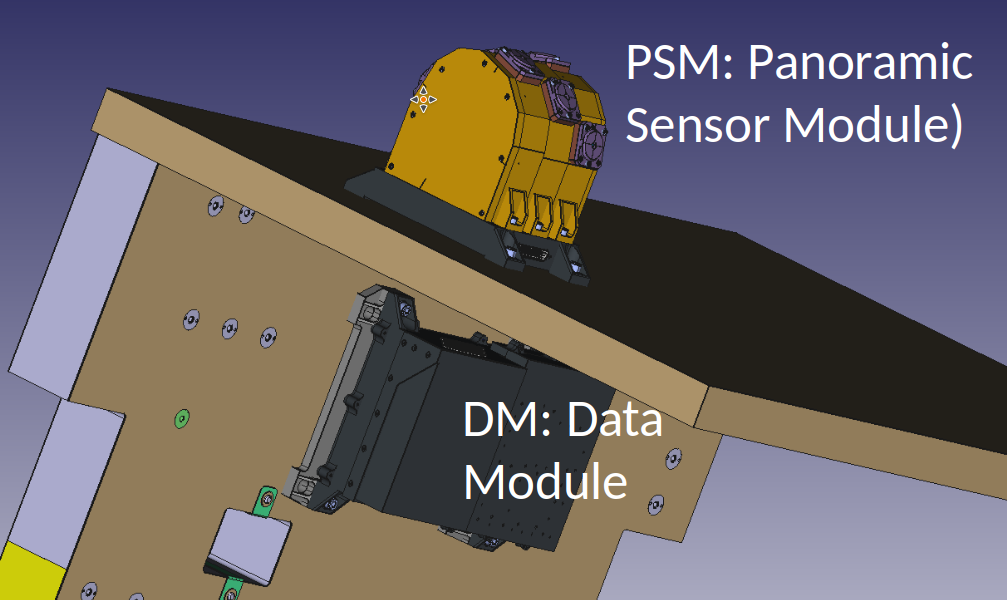
|

|

|
Center for Space Radiations |


Spacecraft are exposed to a complex radiation environment which is highly variable and at times very strong. This environment consists of energetic particles from solar events, of trapped particle belts, and of high-energy cosmic rays originating from galactic and extra-galactic sources. Particle species encountered include electrons, protons, and heavy ions. Some dramatic space system failures and disturbances in recent years have been concluded to be due to radiation-induced malfunction of critical electronic parts.
In particular, many missions in near-Earth orbits encounter intense, highly variable energetic electron environments. In the outer radiation belt the intensities of energetic (100 keV - 10 MeV) electrons can be extremely high and result in various serious problems for spacecraft, giving rise to the label "killer electrons". To characterize and predict the environment in this large volume of space two complementary approaches are adopted: (i) fly radiation monitors on as many spacecraft in this region as possible and (ii) use advanced physics models of the space weather processes at work, in an "assimilation" architecture where boundary conditions are measurements. One of these key inputs is directionally resolved energy spectra. In the lower energy range, accurate measurements of the seed electron population will help monitoring of particle injection and acceleration mechanisms and ultimately lead to a better understanding of the dynamics of the high energy component of the radiation belt population. Since the magnetic field traps particles, observing fluxes in different directions w.r.t. the field at a point can be used to infer the distribution at other locations.

The 3DEES is conceived as a compact and modular science-class spectrometer allowing angle resolved high electron energy coverage (0.12 - 10 MeV) using a few sensors. Its baseline set-up provides capabilities to measure angular distribution of electrons and protons at 12 angles spanning over 180° in two planes (only 1 plane with 6 angles for PROBA-3). The 3DEES also allows measurements of proton fluxes (3 - 50 MeV), while performing absolute electron-proton discrimination for protons up to ~200 MeV.
| Particle identification | |
| Electrons | 120 keV - 10 MeV (16 to 32 channels, adjustable) |
| Protons | 3 MeV - 50 MeV |
| Directions | 6 angles (for PROBA-3: 1 PSM) with 15° FOV each |
| Timing features | |
| Resolution | 1 to 300 s, Adjustable (Nominal 30 s) |
| Peak flux | ∼109 cm-2s-1 |
| Mechanical features | |
| Aperture diameter | 5 mm |
| Geometrical Factor | ∼2⋅10-3cm2sr |
A first technology demonstration model is foreseen to fly on-board PROBA-3, actually programmed to be launched end 2023 into a highly elliptical orbit: 60 530 km apogee, 600 km perigee, 59° inclination, 19.7 hours orbital period.
The 3DEES instrument is built by a consortium including the Center for Space Radiations at UCLouvain, QinetiQ Space and the Belgian Institute for Space Aeronomy.
For any inquiries regarding the project you may contact the scientific PI of the mission: Dr Sylvie Benck
Content reviewed on 2022/06/02